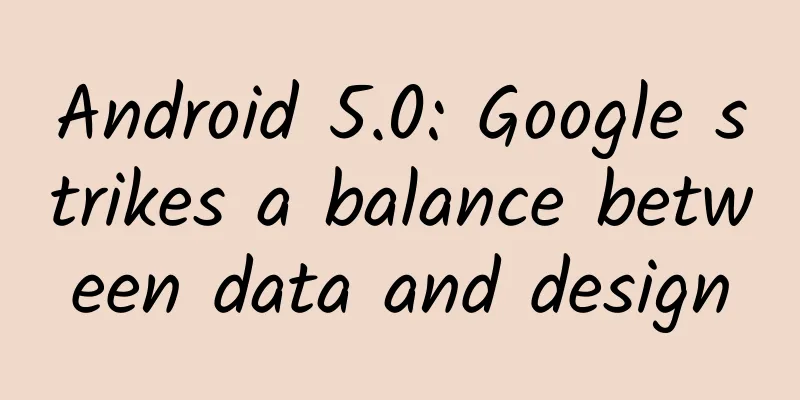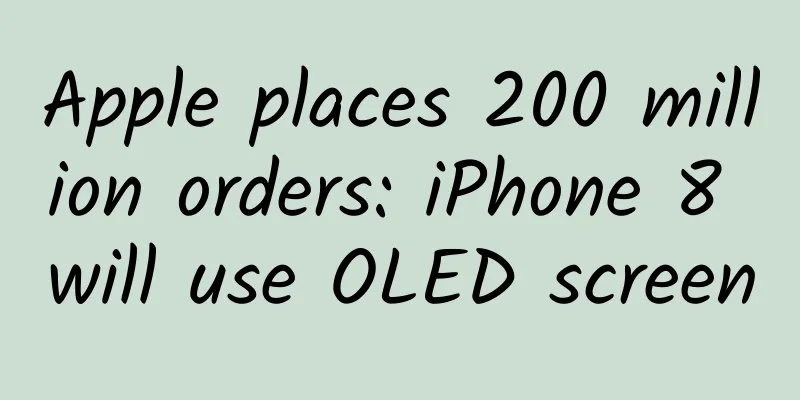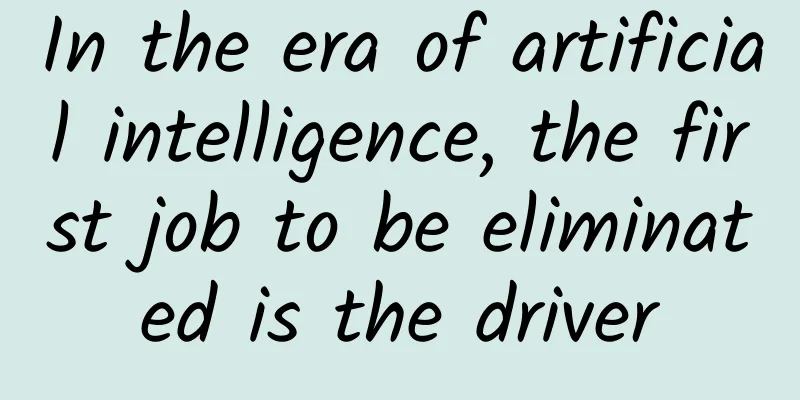Android 5.0: Google strikes a balance between data and design

|
The launch of Android 5.0 means that Google is no longer inferior to Apple in design. The latest version of the world's largest operating system is based on Google's new Material Design design language. It adopts a flat design and also contains many animation effects that make operation more intuitive. Intuitive design? Isn't that what Apple does? Now Google is catching up. Despite all the nifty tactile elements since iOS 7 and many improvements in iOS 8, Apple's mobile screen design still feels like the work of multiple people and is inconsistent. With Material Design, Google has created a powerful library of controls that unify the design style of its own apps and third-party apps, forming a coherent user experience. (Of course, Google still hasn't solved the problem of how to quickly upgrade Android users to the latest version of the system - Apple has a clear advantage in this regard.) Knowledge Base Showdown Speaking of Google Now, Android 5.0 has a decisive advantage in presenting content to users with the help of data. Eric Enge, an SEO and content marketing consultant at Stone Temple Consulting, released a report last week comparing the three major mobile voice assistants, Google Now, Siri, and Microsoft Cortana. In the report, titled "The Great Knowledge Box Showdown," Enge and his team compared their performance in responding to 3,086 different queries. To be fair, Engel tested the iOS version of Google Now, not the Android version. That version of Google Now is actually the "Google Search app v3.6." Engel thought this was a negative for Google, but it wasn't. The results reflect the quality of search results, not the overall experience. Google Now performed amazingly well in this test, answering 88% of questions completely, compared to 53% for iOS and 40% for Cortana. A more interesting question may be how to evaluate Google and Apple's deployment to process massive amounts of data. Google Now's search results largely reflect Google's consideration of "what people are interested in", while Siri user data reflects Apple's consideration of "how people use Siri." "Google's main advantage over other companies is the scope of available data." Eng pointed out, "The additional data allows Google to do a lot of things beyond simply integrating structured databases (such as Freebase, Wikipedia, etc.). It is a good idea to use existing structured databases, and all search engines do this." Eng said that while the structured data sources include about 3.5 billion facts, that’s not a lot compared to “all human knowledge.” One of Google’s strengths, he said, is that it “can leverage information about people’s interests and can determine which websites are reliable sources of data, so it can present very deep search results.” Both Google and Apple have obvious flaws. Google relies too much on data, while Apple relies too much on design. The difference between Siri and Google Now is a good example. The launch of Android 5.0 shows that Google has done a better job than ever in balancing design and data. Siri is in many ways constrained by its own metaphors. Google Now seems to be positioned to bring you the search results you need more quickly. In contrast, Siri seems to be a dynamic personal assistant. Google’s lack of metaphors and explicit design also works in its favor. Users don’t expect search results to be flawless. Personal assistants, which are expensive, should be flawless. In his book You Are Not A Gadget, Jaron Lanier writes about how people “cheapen the price” to make machines seem smart. When talking to Siri (or any other chatbot), Lanier says, “You can’t tell whether the machine is getting smarter or whether you’re making it look smarter by lowering the bar.” Engel's research is more about the "knowledge base competition" than the quality competition of personal assistants. However, the data effect that comes with the knowledge base does have an impact on the product capabilities of personal assistants. Google calls users' implicit instructions "intents." Those intentions are not only about explicit voice commands, but also about context. Compared with Apple, Google has much more contextual information about user intent, so it has a clear advantage in personal assistant services. |
<<: Snatching food from the tiger's mouth: the story of WeChat phone book and operators
>>: Android Auto starts the engine for developers
Recommend
Why is it so cold this year? When will the market pick up in 2022? Attached the latest news
In recent times, cold air has been moving south v...
7 questions and answers about keyword promotion!
Contents of this Q&A: 1. The keyword search v...
Apple's big adjustment in China: iOS 13 and new system are coming
Now, Apple China has officially announced iOS 13 ...
9 treasure APPs that you can't bear to uninstall even if you change your phone. Each one is carefully selected, please use it in a low-key manner
I believe everyone has a lot of apps on their pho...
Front-end knowledge: Weird techniques for web page rendering
[[138223]] In fact, there are many articles about...
Advertising material direction and landing page guide for the real estate industry!
The golden September and silver October real esta...
Still giving birth at 74! You definitely don’t know the secrets of these birds
At the end of 2024, a black-backed albatross name...
BYD builds 12GWh battery project to sell to external parties
On June 8, BYD issued an announcement regarding &...
Let’s go and see the Grand Canal!
Open China map We will find the great rivers in e...
How much does it cost to produce a Weifang gardening mini program?
How much does it cost to attract investment in We...
Marine Life Illustrations | Killer whales are called “tigers” because they are really fierce?
(Source: Zhejiang Ocean University)...
A guide to promoting large-scale events!
Be a long-termist and try to maximize the experie...
Why do users click on your game feed ads but fail to convert?
The reason why those real users did not convert m...
Three years after winning the Nobel Prize, he committed suicide with scissors, leaving behind the dewdrops captured by his skillful hands
This year marks the 50th anniversary of Martinsso...
Yu Yuetong reveals the tactics of the main players in A-shares and helps you unlock the operating secrets of the main players
Yu Yuetong's A-share main force tactics revea...









